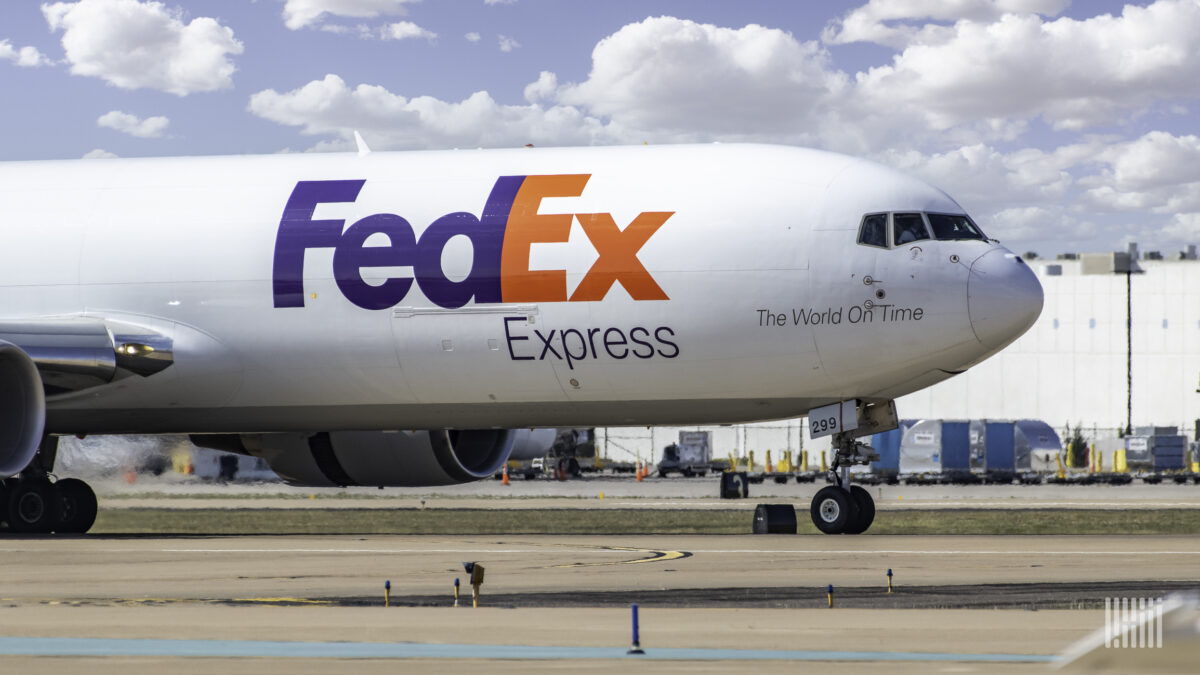
FedEx Corp. will use third-party aircraft capacity to handle less-urgent shipments that don’t need to move on the company’s own planes, the company’s president and CEO said.
In addition, FedEx Express, the company’s air and international unit, will implement a new U.S. network design for pickup and delivery services. That will save $300 million annually once it is fully implemented, said Raj Subramaniam.
The moves are part of a global initiative to integrate Express’ ground delivery operations, Subramaniam told a Citi Global Industrial and Mobility Conference in Miami late last week.
There will be an increasing demand for less-urgent, deferred shipments, Subramaniam said. In the future, only goods with urgent delivery schedules will move on FedEx (NYSE: FDX) aircraft, he said. This aligns with a long-term strategy to permanently ground a portion of the company’s aircraft and supporting routes, he said.
The steps are part of a broad program known as Drive, which the company said will yield about $4 billion in savings by its 2025 fiscal year, which begins June 1, 2024. This is on top of $1 billion in permanent cost savings for its current 2023 fiscal year. Most of those savings have been targeted at Express.
The company plans to launch an update on Drive on April 5 in New York City. At the meeting, investors and analysts can expect to get a granular feed as to what the company is doing to reach those goals. “We have more than 100 separate initiatives all within a line of sight,” Subramaniam said.
The company has also identified $2 billion in annual savings starting in fiscal 2025 from Network 2.0, which effectively brings to an end the siloed operating model of the past 50 years and replaces it with a unified and integrated network.
FedEx has chosen Alaska and Hawaii as key testing grounds to merge FedEx Express and Ground operations. It is expected that similar initiatives will be rolled out across the contiguous 48-state network.
The company has eliminated 12,000 positions since last June, the most recent move being a more than 10% reduction in headcount of global officers and directors. Subramaniam would not comment on whether the company is now right-sized to meet current demand
